The Best Oddball Cars Up For Auction at Amelia Island
The Amelia Island auctions are around the corner. While there aren’t as many vehicles on offer as the mega-events in Scottsdale, Kissimmee or Monterey, Amelia never fails to bring out quality cars. We like this event for lots of reasons, and one is that there’s a wealth of extremely rare, unusual, or downright odd vehicles to choose from.
This year is no different, and below are the ones to look out for.
1976 GAZ-24 Volga
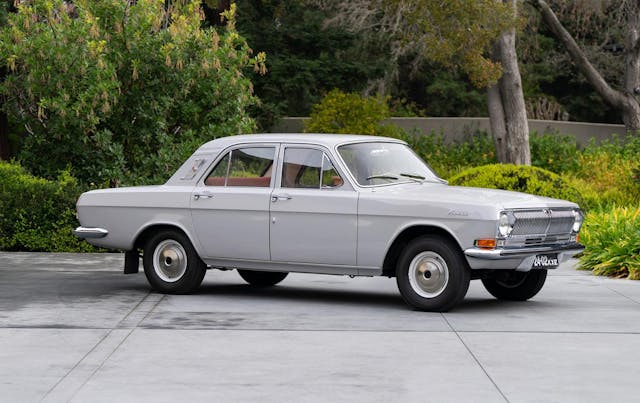
On this side of the Iron Curtain, it’s fun to joke about communist cars, and there are plenty of worthy targets for our decadent Western ridicule (Yugo, Trabant, etc.). But the Eastern Bloc had some aspirational cars, too, including Tatras from Czechoslovakia and this Volga by Gorkovsky Avtomobilny Zavod (GAZ) in Russia. Officially known as the GAZ-24 Volga, it sold from 1970-85 as Russia’s premiere luxury sedan.
Designed in the 1960s and launched in 1970, the GAZ-21 has some clear American inspiration in its lines, part Ford and part Plymouth depending on what part of the car you look at. With a 95-hp 2445cc four-cylinder, though, it wasn’t exactly fast. And with no power steering as well as stopping via four-wheel drums, it wasn’t exactly advanced, either.
There wasn’t an options list to speak of, but GAZ-24s did at least come standard with heat/defrost (nice to have in Russia), a radio, and the choice of red, brown or gray interiors. Some were exported, but within Russia the GAZ-24 was something of a status symbol by virtue of its size. When it was released, you had to have a special-use permit to own one. Many were also used as taxis. This one has a $20K-$30K estimate in Amelia.
1954 Dodge Firearrow IV by Ghia

One of the most fruitful automotive flings of the 1950s was the one between Chrysler and Italian coachbuilder Ghia. Some of the wildest and most influential Jet Age concept cars came out of this relationship, including the series of four “Firearrow” two-seaters built in 1953-54. Firearrow I, which debuted at the Turin Motor Show in 1953, was a static show car. Firearrow II through IV were drivable, however. A Firearrow-based two-seater to take on the Thunderbird and Corvette is one of those great ’50s automotive “what-ifs.”
After the U.S. show circuit, Firearrow IV (the last example) sold to its first private owner in Venezuela, and was rediscovered 90 miles from Caracas in the 1980s before being restored in the 1990s. Powered by a 241-cubic inch Red Ram Hemi V-8, it has nifty features like quad exhausts protruding through the rear fenders, a black-and-white diamond pattern on the seats and door panels, and a 16-jewel “Dodgematic” clock set into the steering wheel.
Back in 2007, Barrett-Jackson sold Firearrow IV as a package with Firearrow II for $1.1M. Firearrow III sold in Monterey in 2011 for $852,500, and Firearrow II sold again in Monterey in 2021 for $1,050,000. At Amelia 2024, Firearrow IV has a $1.5M-$2.0M estimate.
1966 Morgan Plus 4 Plus
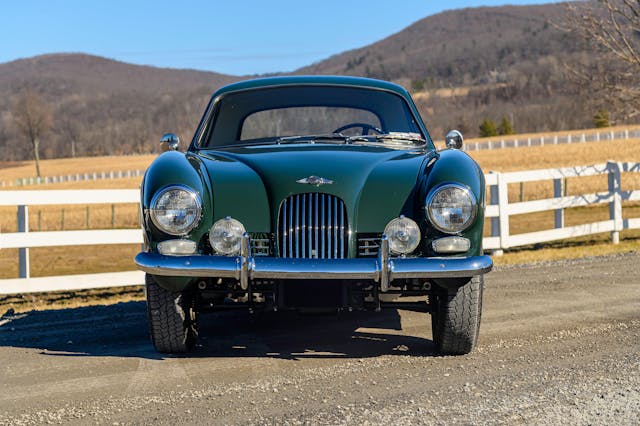
For the past 60-plus years, almost all Morgans have looked the same. Key word: almost. Occasionally this anachronistic English carmaker steps out of its comfort zone, and the first time was at the 1963 Earls Court Motor Show with the Plus 4 Plus, aka the +4+. While mechanically similar to the Triumph-powered Plus 4 Roadster, the modern fiberglass envelope body of the Plus 4 Plus was a big departure from Morgan’s signature, swoopy style that looks straight out of the 1930s.
If the Plus 4 Plus was outside of Morgan’s traditional lane, it was even further outside that of its customers. Few people wanted one, and just 26 examples sold. This one is represented as the second-to-last Plus 4 Plus built, and was restored in the 2010s.
Citroën DSs by Chapron

A Citroën DS is odd enough, particularly to American eyes where the “Dee-Esse” didn’t sell in large numbers, but there were several special coachbuilt versions of the DS that stand out from the standard sedans and wagons. Among them are this group of four cars on offer from the Mullin Collection. They each have the basic shape of the DS up front and Citroën’s innovative hydropneumatic suspension underneath, but behind the windshield everything is quite different, courtesy of Parisian coachbuilder Henri Chapron.
The “Le Dandy” is a two-door coupe, and although the Le Dandy was offered from 1960-72, just 50 were built. This one sold new to an air transport company in Paris, and has a $150K-$225K estimate.
The 1965 DS19 “Majesty,” meanwhile, is one of 27 built and was specially ordered with shorter front doors, extended rear suicide doors, power privacy panel, clock, power windows, fog lights, Becker Mexico radio, heated mirrors, and of course dual rear ashtrays (this was France in the ’60s, after all). At Amelia, it has a $120K-$150K estimate. The 1963 DS19 “Concorde” on offer has a similar notchback rear to the Majesty, but it’s a two-door model. One of 38 built, it also has a $120K-$150K estimate. Finally, the 1966 DS21 “Le Leman” is another coupe out of a very low 27-unit production run, and it also has a $120K-$150K estimate.
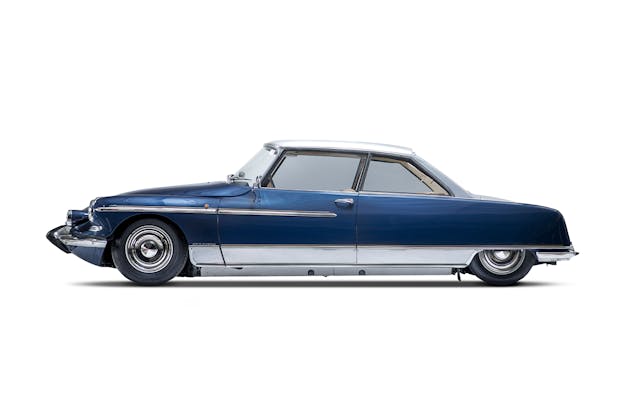
1954 Pegaso Z-102 by Saoutchik

In the early 1950s, arguably the world’s most advanced car hailed not from Italy or Germany or Britain or the United States, but from fascist Spain. Pegaso primarily built larger things like trucks and buses, but for a short period built the Z-102 sports car as an image-boost for both company and country in the years after World War II.
Powered by a four-cam all-alloy desmodromic valve V-8 engine with dry-sump lubrication and a five-speed transaxle (impressive kit for the early 1950s), Pegasos typically wore bodywork by Carrozzeria Touring of Italy, Serra of Barcelona, or by Pegaso in-house. Jacques Saoutchik of Paris, known for some truly unusual designs in the 1930s, also bodied 18 Pegasos, including this coupe. In addition to the wild bodywork, odd bits on the car include the dual four-barrel Weber carburetors and the reverse dog-leg shift pattern for the five-speed. Restored in 2013, it sold at auction for $880K in 2016 and has a $750K-$900K estimate in Amelia.
1952 Avions Voisin Biscooter
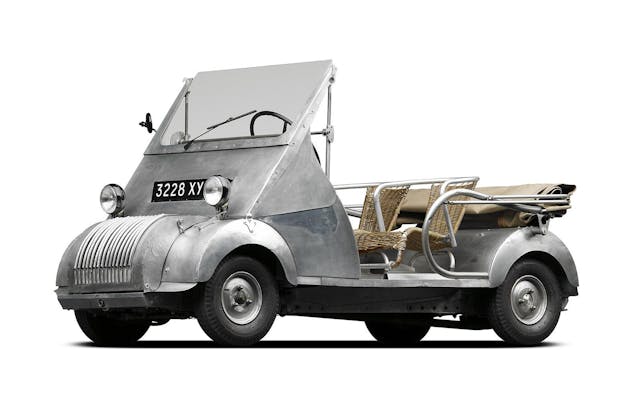
Another French oddball sold out of the Mullin Collection, this “Biscooter” is a rare post-World War II creation from Avions Voisin. In the prewar years, Gabriel Voisin had used his experience building aircraft to create some of the most memorable cars of the Art Deco era. After the war, though, the car market in Europe was hungry for small, cheap cars rather than large, luxurious ones. He designed the Biscooter using aluminum for the chassis and body to keep the weight down, and gave it a basic drivetrain and equipment list to keep the cost down. Voisin’s new postwar parent company didn’t see the potential, so he licensed the design to a Barcelona company that sold about 12,000 units.
The car in Amelia is represented as the 105h in a series of 15 prototypes, and is powered by a 125-cubic centimeter two-stroke single with nine horsepower and a three-speed manual. Despite the goofy looks and humble engine, it has a $90K-$120K estimate.
***
Check out the Hagerty Media homepage so you don’t miss a single story, or better yet, bookmark it. To get our best stories delivered right to your inbox, subscribe to our newsletters.



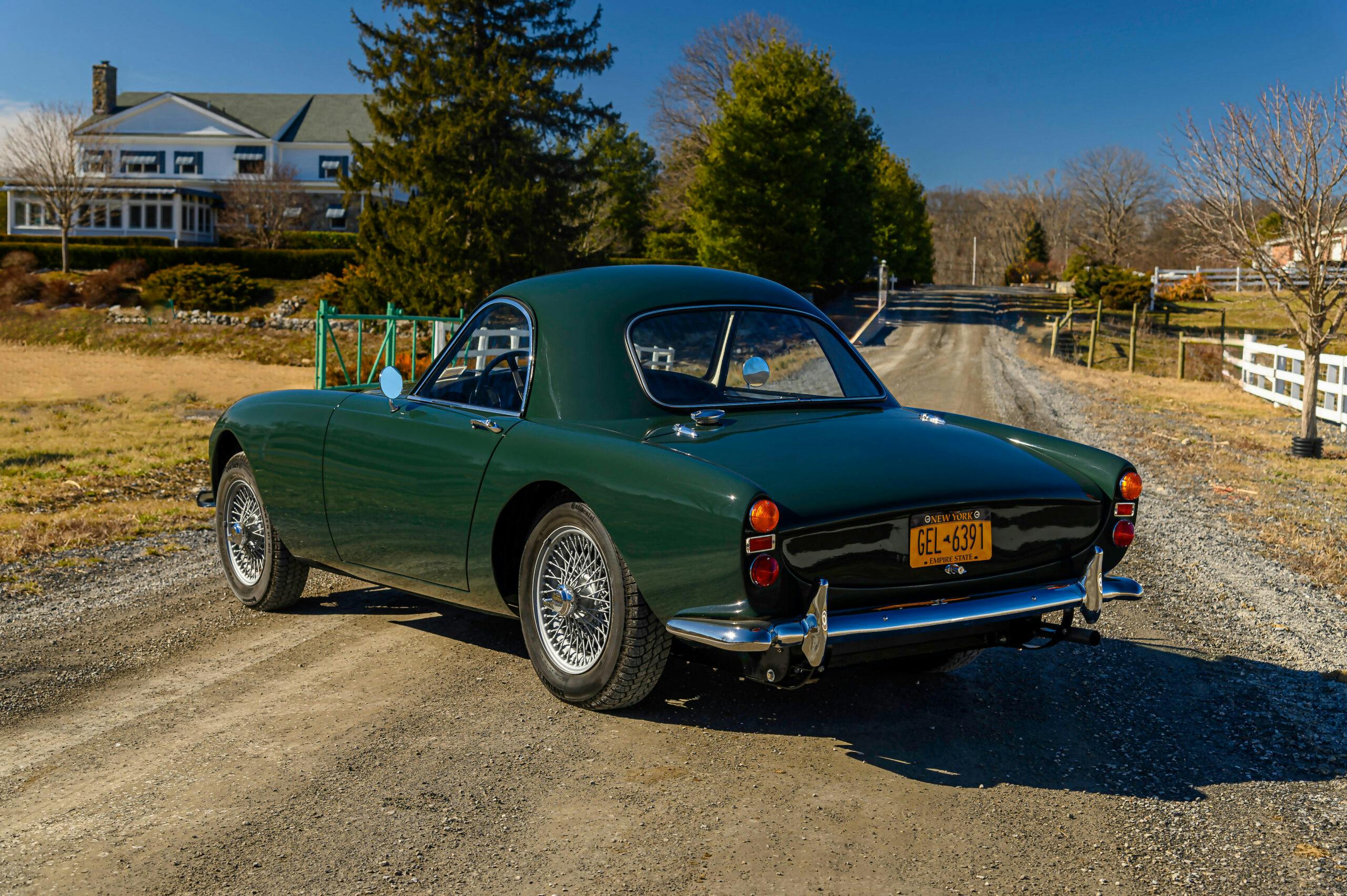
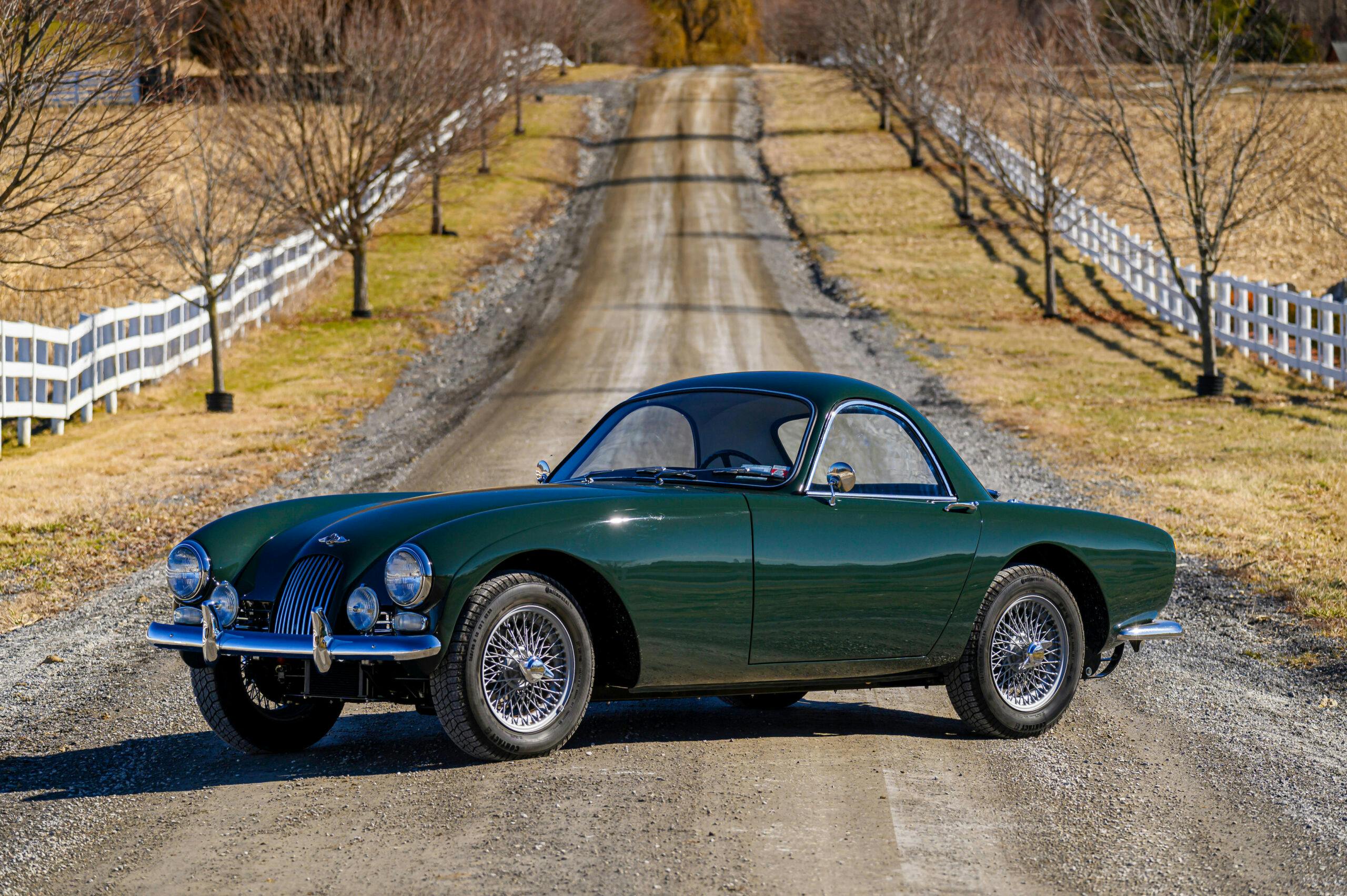
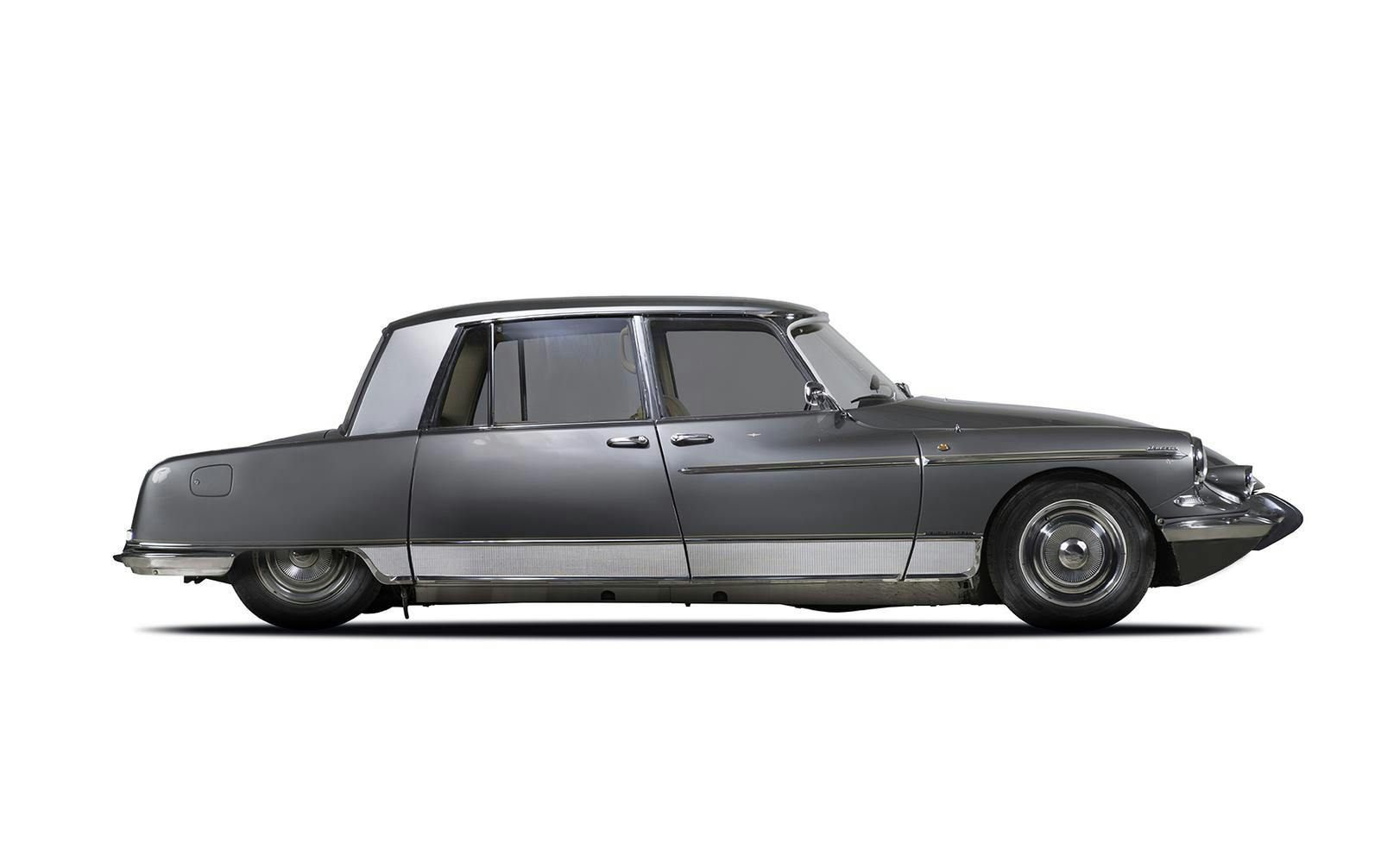
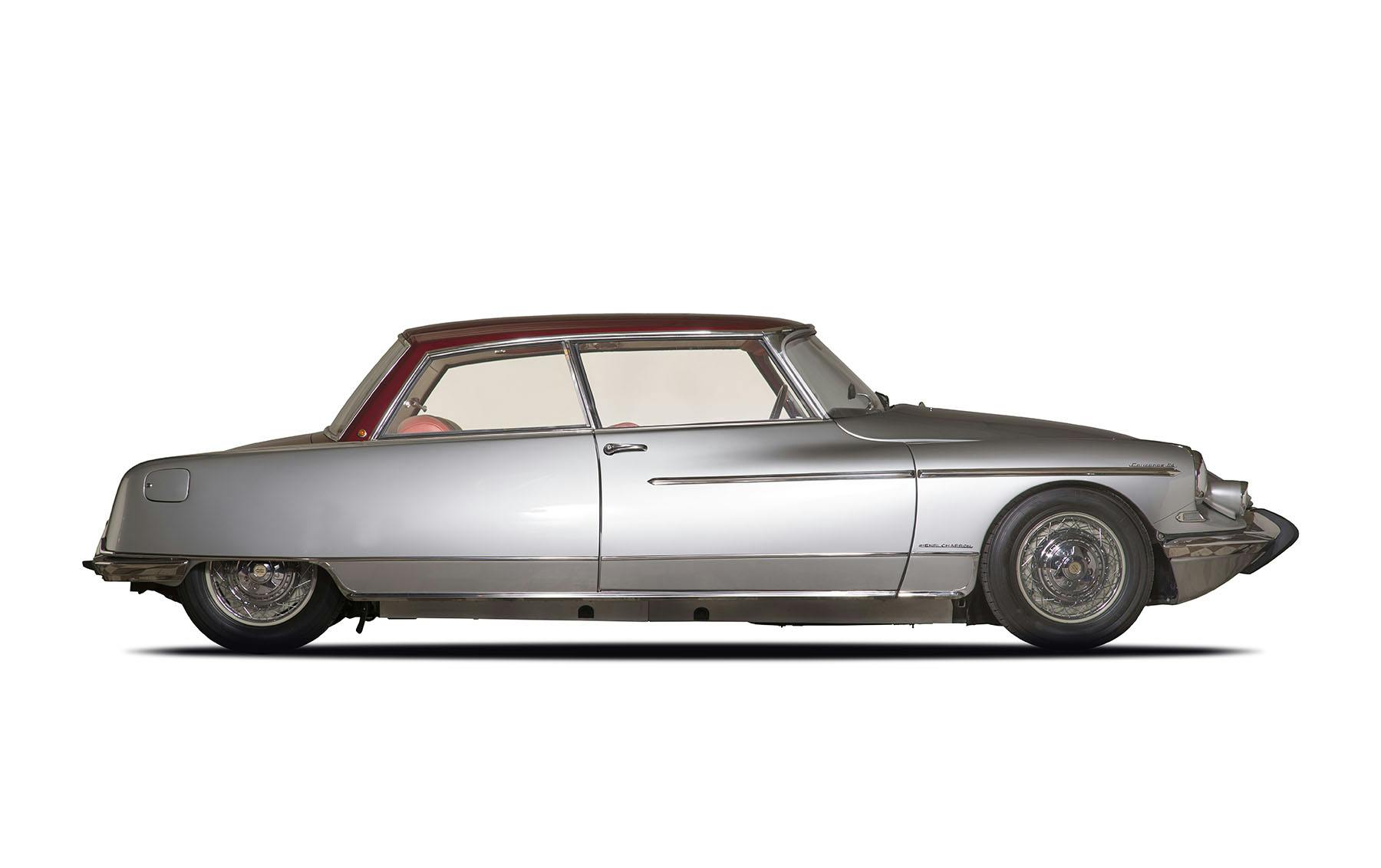


So as usual they ones that smile all the way to the bank are Craig Jackson and the other auctioneers. They make 15% on everything as the ultra rich buy and sell their toys, passing them back and forth over the years,, after a day of cocktails help the flow of bidding against each other.
You try doing that. They earn their money.
Great article. Stories like this are what Hagerty does best.
“All Creatures Great And Small” – you probably read the book about Dr. Herriot, the British veterinarian, many years ago, or watch the TV series on the PBS channel, which is set in the 30′-40’s England.
My point being that one of the cars that is daily driven on the series is a ’36-’38 Rover. Another is a Vauxhall, and a third might be an old Rolls Royce (or not?). But the actors have mentioned their terror of driving them in modern times, because the roads in the movies are actually authentic one-track, stone-sided rural roads, and the old beautiful cars are very expensive.
I’m not a serious British car guy, but I could never tell what the Rover car was. It looks like an older MG to me, but has a back seat, and I thought it was some type of a Morgan 4. Love those old cars